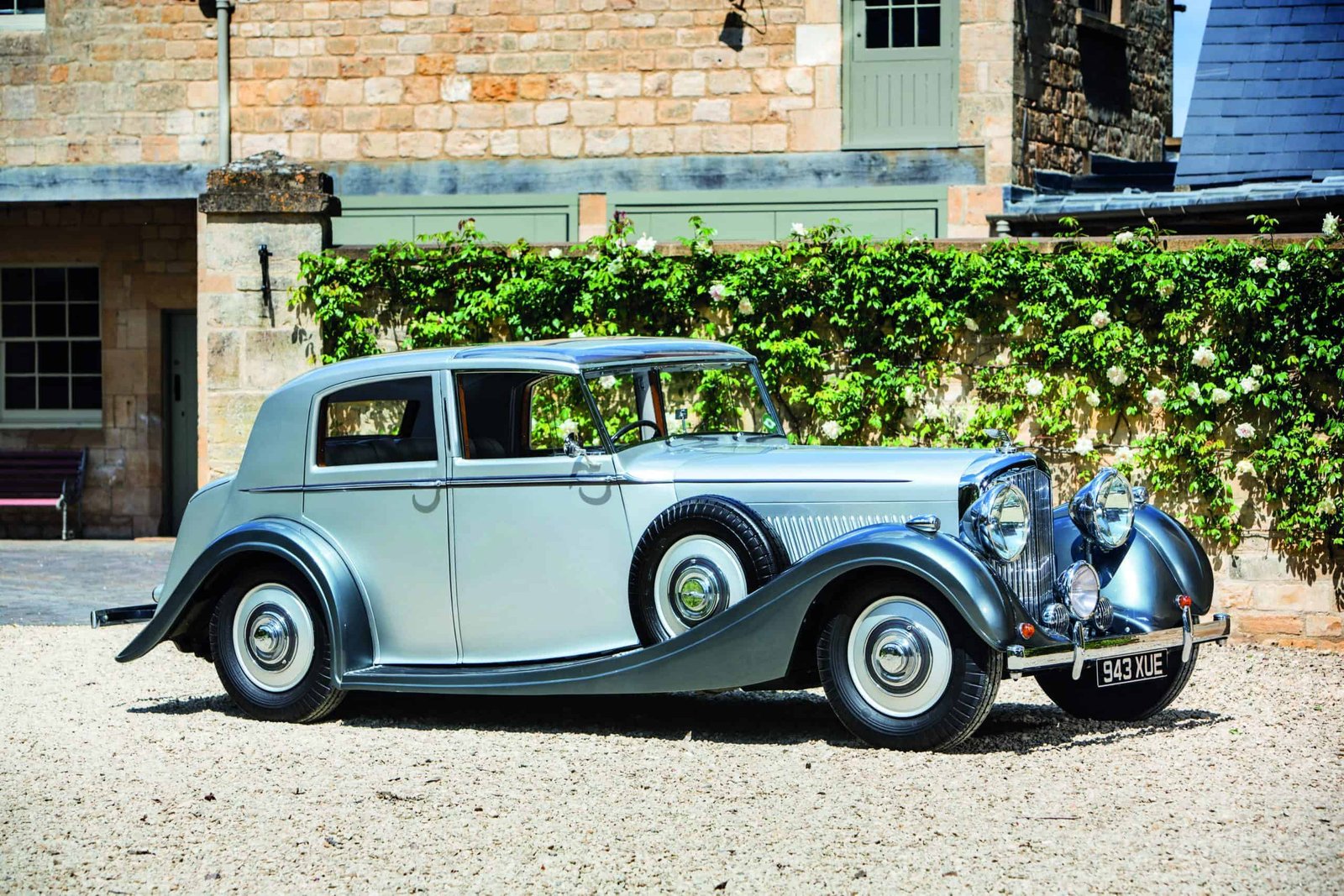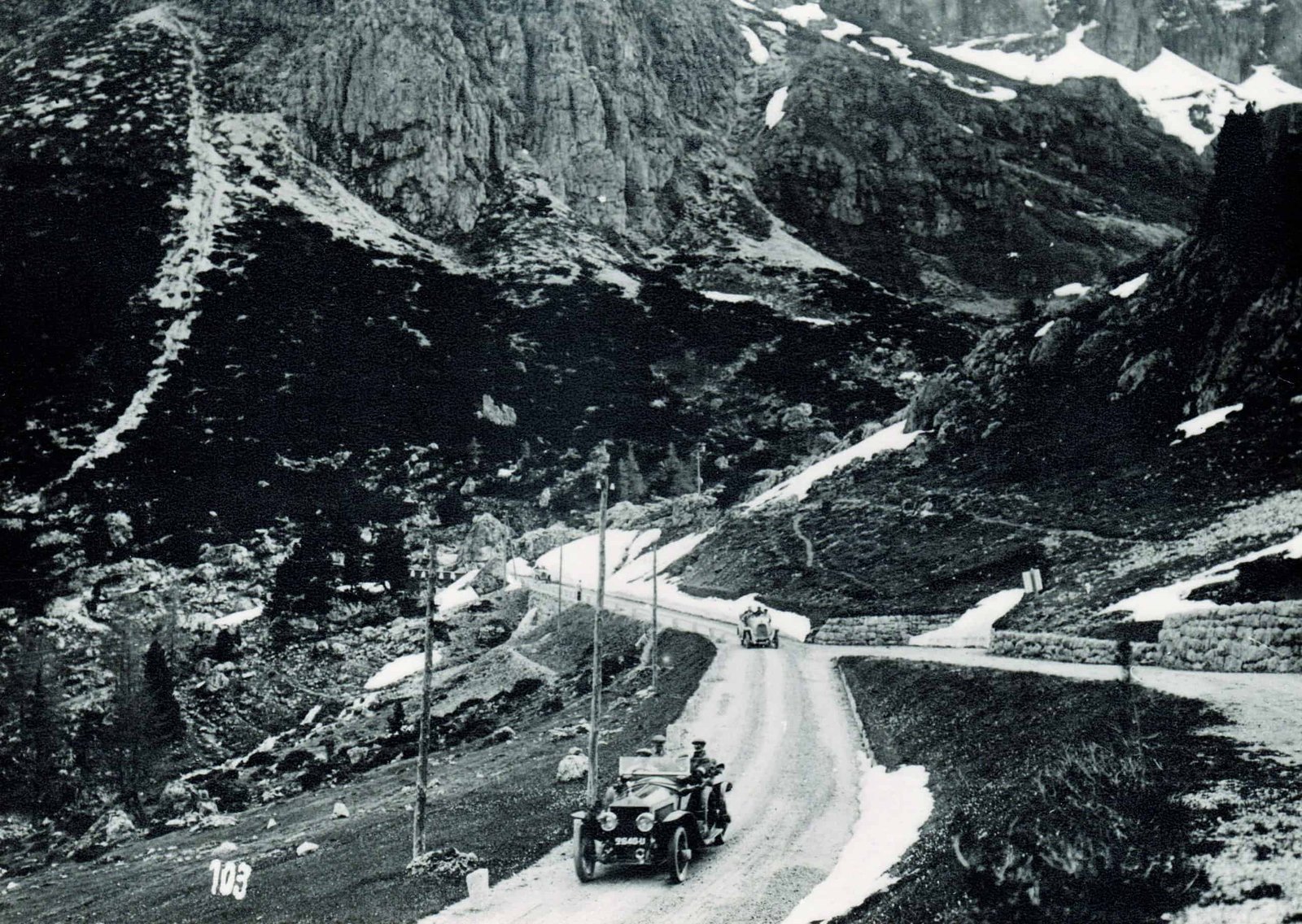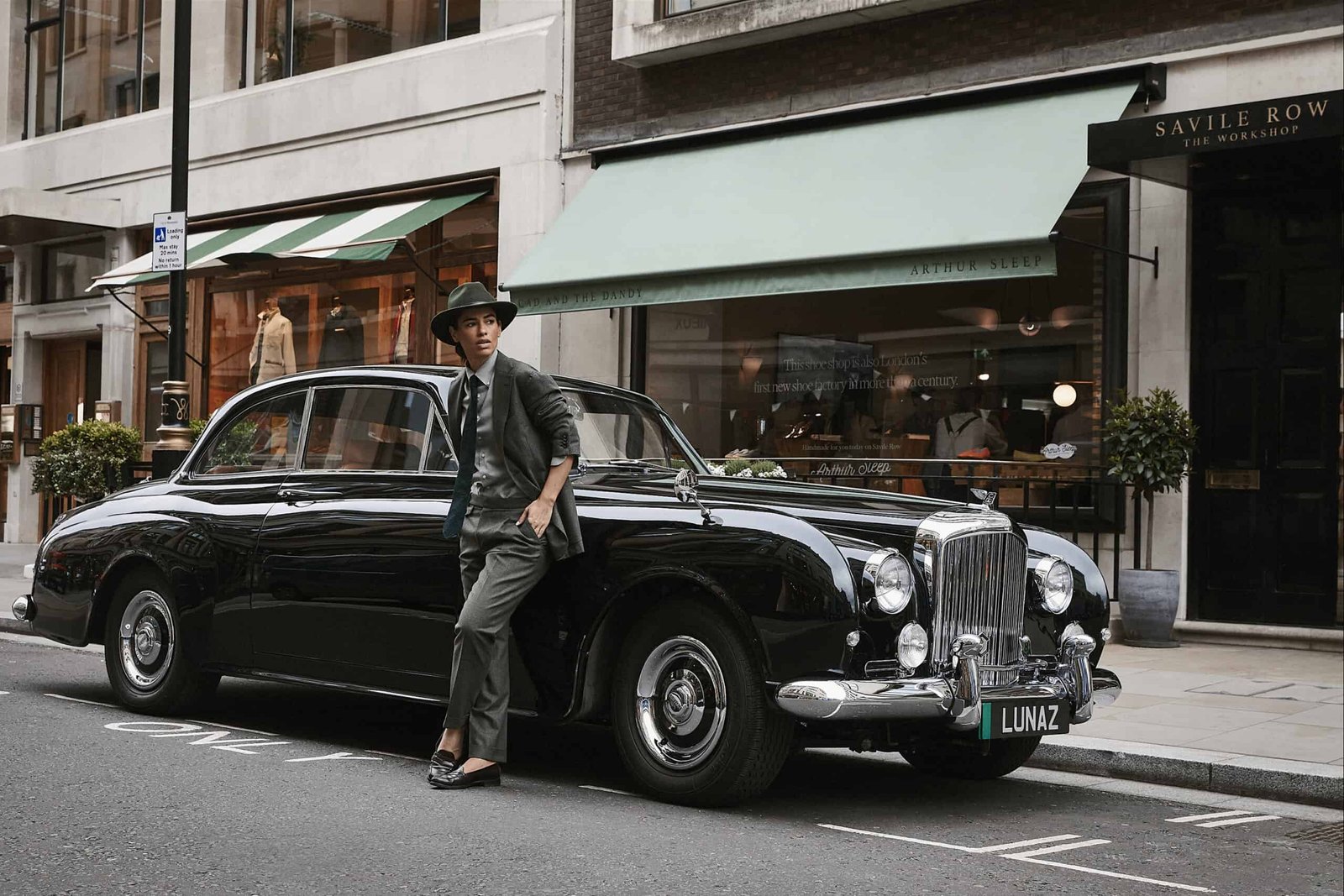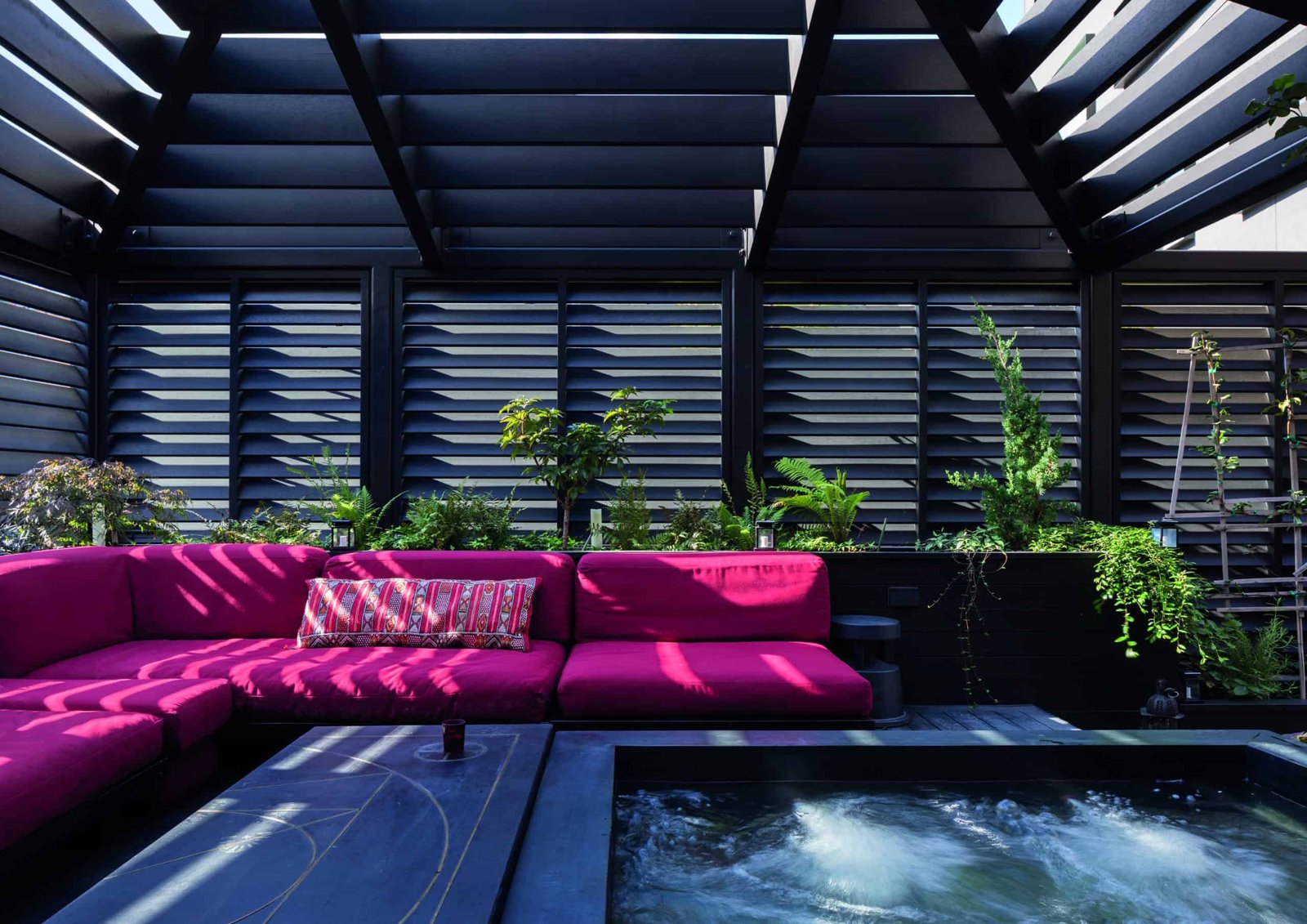New York-based Dameron Architecture specialises in projects that harness nature and its restorative power
Having grown up in rural Virginia before moving to New York, Christopher Dameron had always wanted to create architecture that brings a sense of nature into the city. This focus on ecological and sustainable design has seen his studio, Dameron Architecture, pioneer the inventive use of existing and natural materials while considering the wider impact on the planet that any design decision might entail, from water collection and landscaping, to what happens to materials at the end of a building’s life.
“What we offer is a way to translate into architecture that desire to be a responsible citizen or a sustainably minded individual or organisation,” explains Christopher. “We know how to build a house or renovate and reimagine a space in a way that ensures you are not part of the problem, and we do that at a very high end, realising those visions in a way that is unique, bespoke and handcrafted, specific to the client’s house and their needs.”
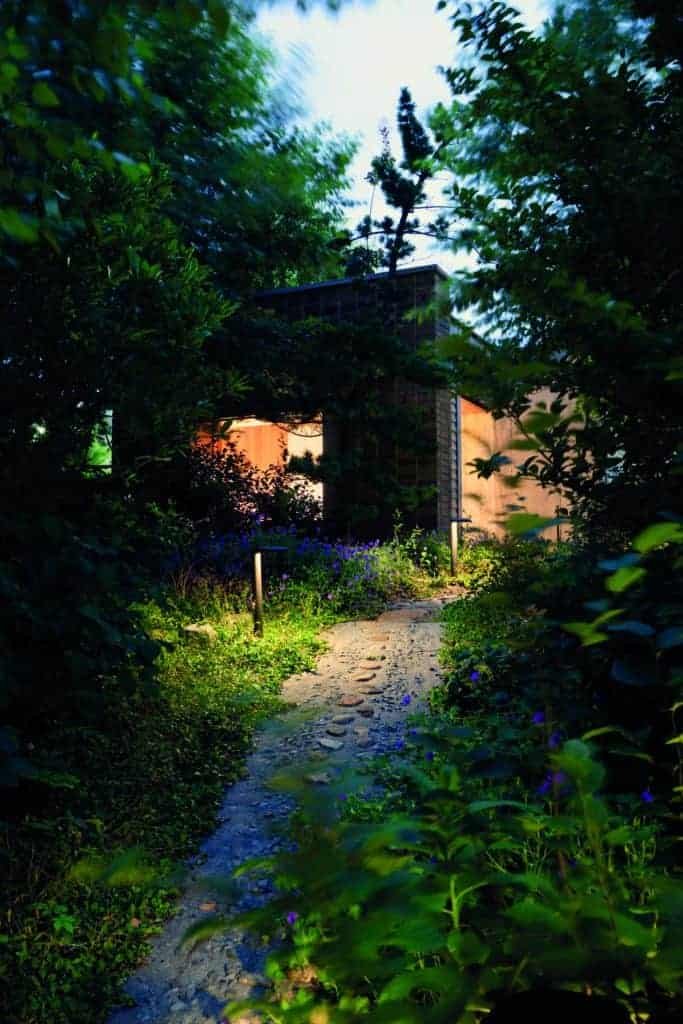

As well as careful restorations of period properties around New York – classic brownstones as well as mid-century homes – Dameron Architecture has taken on a raft of boutique projects that demonstrate these guiding principles. One of these saw the creation of an events space and botanical garden on a former industrial site. For Christopher, it was a chance to showcase his practice’s design credentials and bring nature into the city. “In this case, we imported organic soil and native species that used to exist in the area into this urban site, which had no recent history of natural development. We collect all of the site’s rainwater and reuse it for irrigation. In urban sites, it is very easy to meet the basic guidelines for sustainability, so we are going beyond that. We want to be truly impactful.”

Christopher advocates the reuse of old buildings and original materials wherever possible. In cities, that often means finding new ways to use bricks and timber, whether that is for decorative materials, or as flooring, landscape walls and semi-structural walls. When renovating historic brownstones, he likes to retain original features and historical detail. “We also work with mid-century houses, and they need to be retrofitted for energy efficiency,” says Christopher. “I like the mix of contemporary and traditional architecture, as it keeps things interesting. Bringing architects to these projects is important because we can help people understand the history and context of the buildings, and how to address them in the 21st century.”
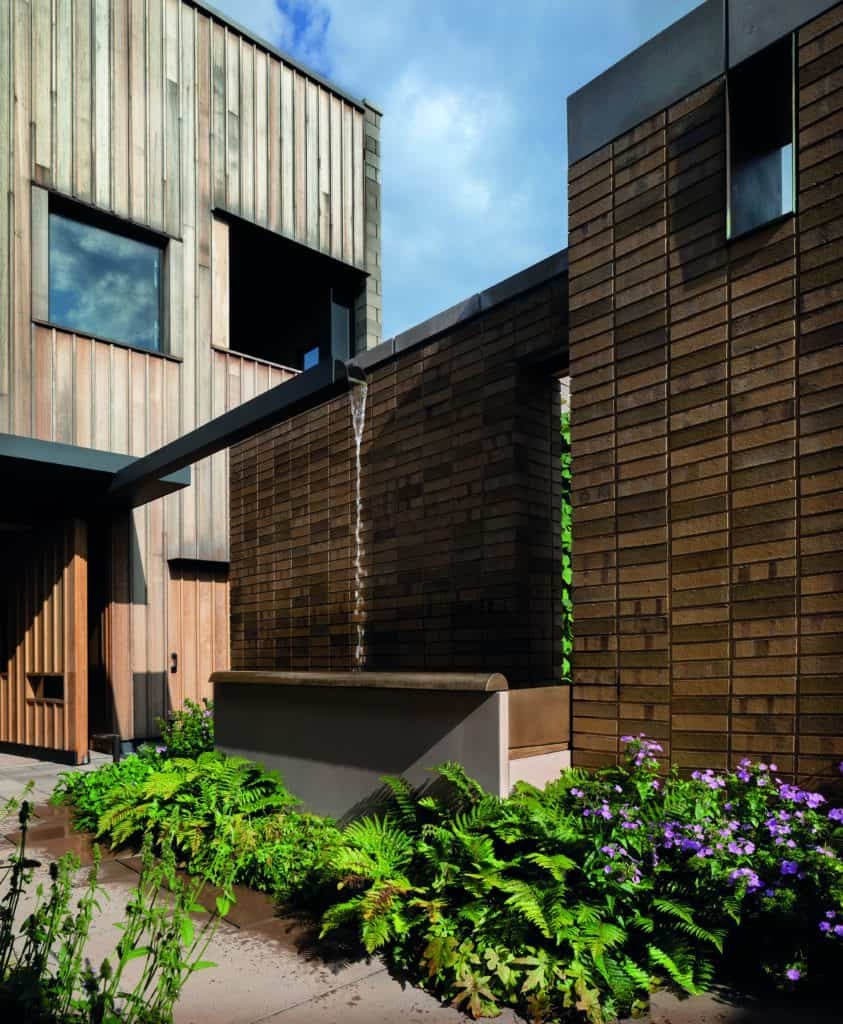
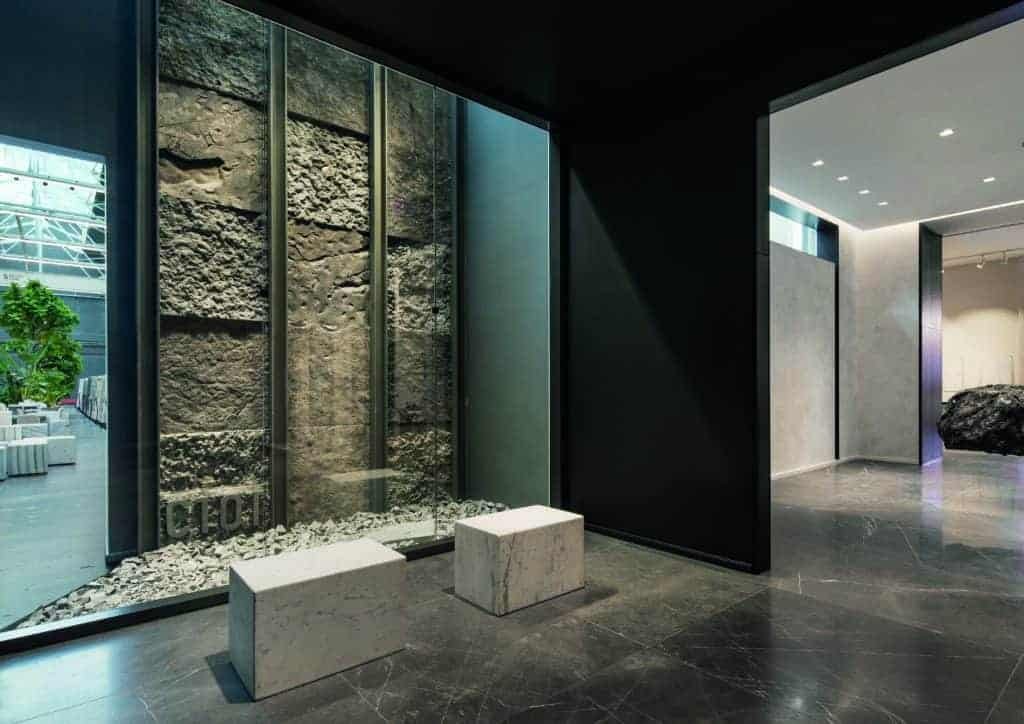
That sense of education – of nurturing an ecosystem of architectural understanding – can be seen in the pro bono work the studio undertakes for non-profit organisations. This involves diverse projects, such as working alongside native architects to build a school for a rural community in Kenya or helping a group that wants to reintroduce oysters to New York. “They want to restore reef for a billion oysters in New York harbour, so we did research into how to translate their ecological vision into architecture,” says Christopher. “The theme that ties it all together – whether it’s working with non-profits or designing new spaces for private clients – is sustainability and the reuse of existing buildings and materials to integrate nature.”
Whatever the project, Christopher’s team does the research to understand the history and the lineage of every site. “We do everything from preservation to radical reinvention through material,” he says, “creating almost expressive art pieces.”
www.dameronarch.com






